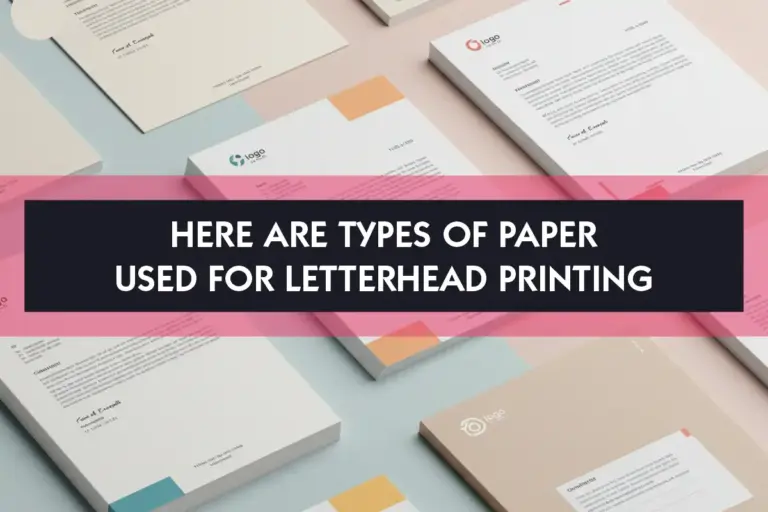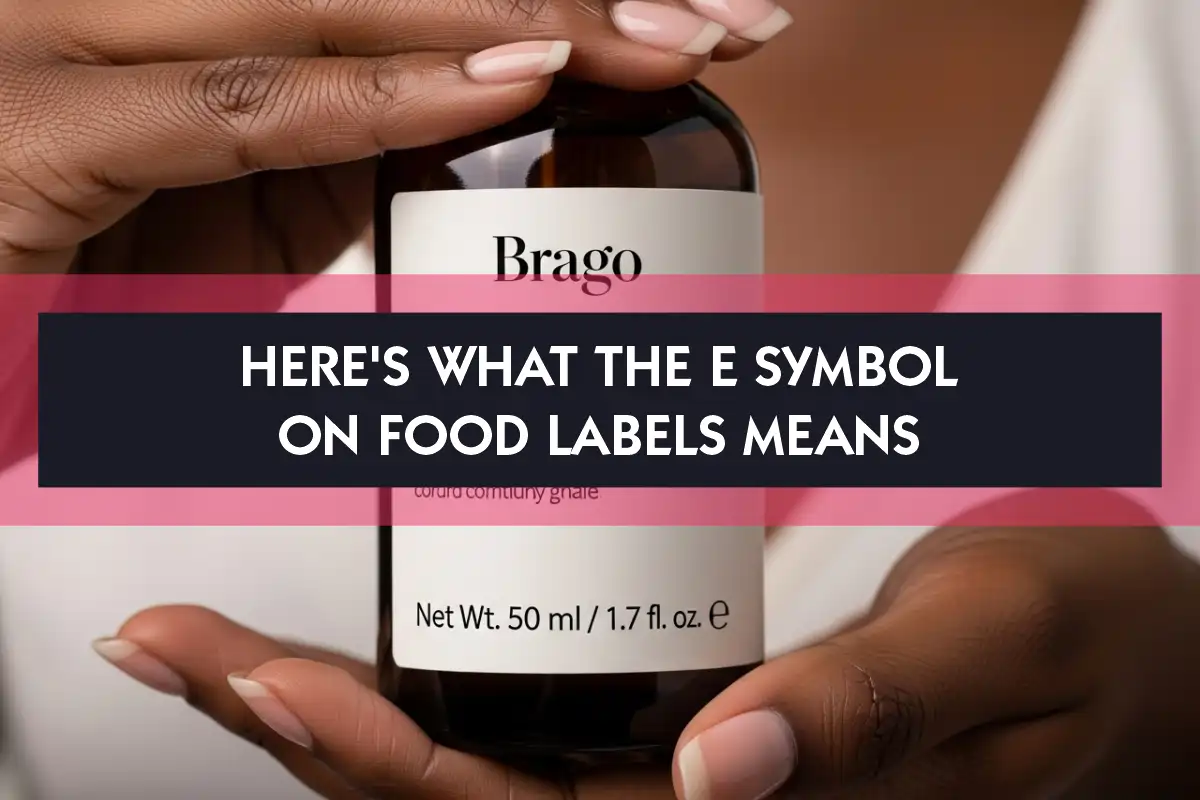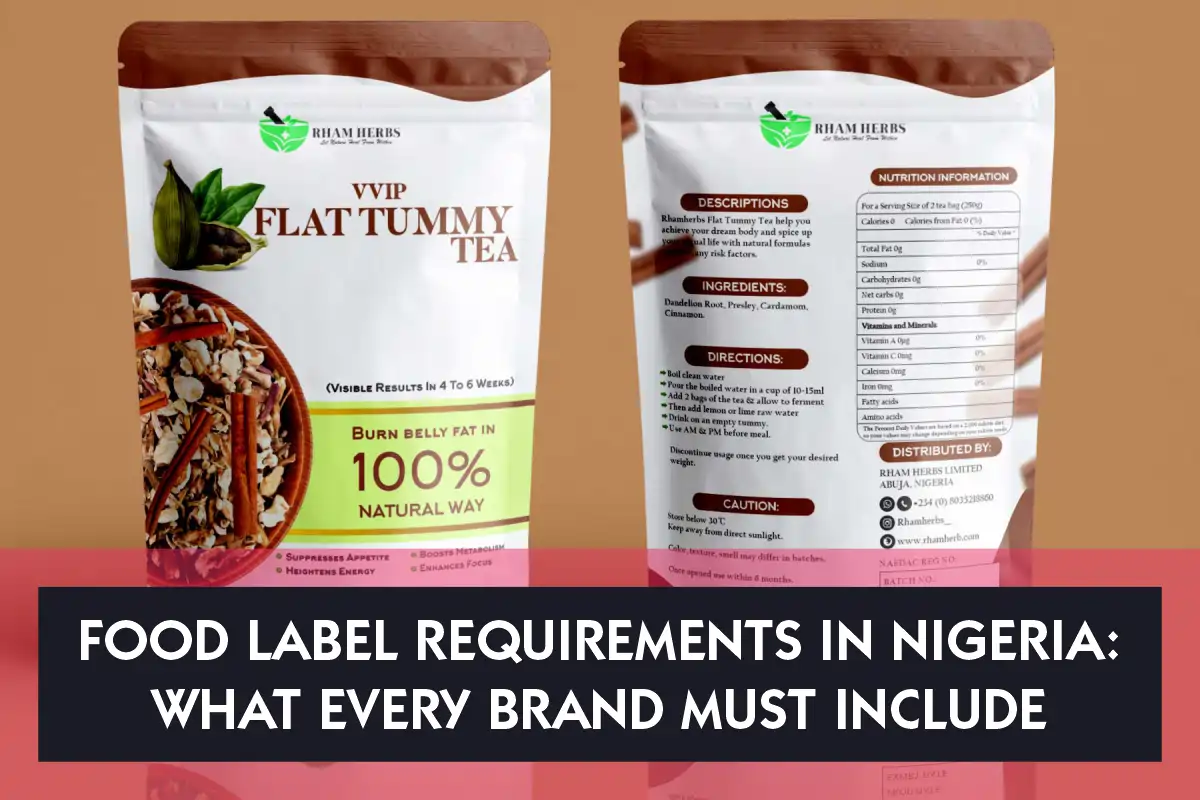When running a business, how you present yourself matters. One of the small but powerful tools used by businesses is the letterhead. A letterhead is a sheet of paper that carries your company name, logo, address, contact information, and sometimes, a slogan. It is used when writing official letters to clients, government agencies, suppliers, and even internal staff. It shows that your business is serious, professional, and organized.
But beyond the design and details on the letterhead, the type of paper you use also makes a big difference because the quality of the paper can significantly impact how people perceive your business. A good paper makes the letterhead feel important, while poor-quality paper makes it feel cheap. That is why choosing the right type of paper for printing letterhead is very important. In this post, we will explain the common types of paper used for letterheads, their features, advantages, and which type of business they are best suited for.
Table of Contents
ToggleTypes of Paper For Printing Letterhead
1. Bond Paper
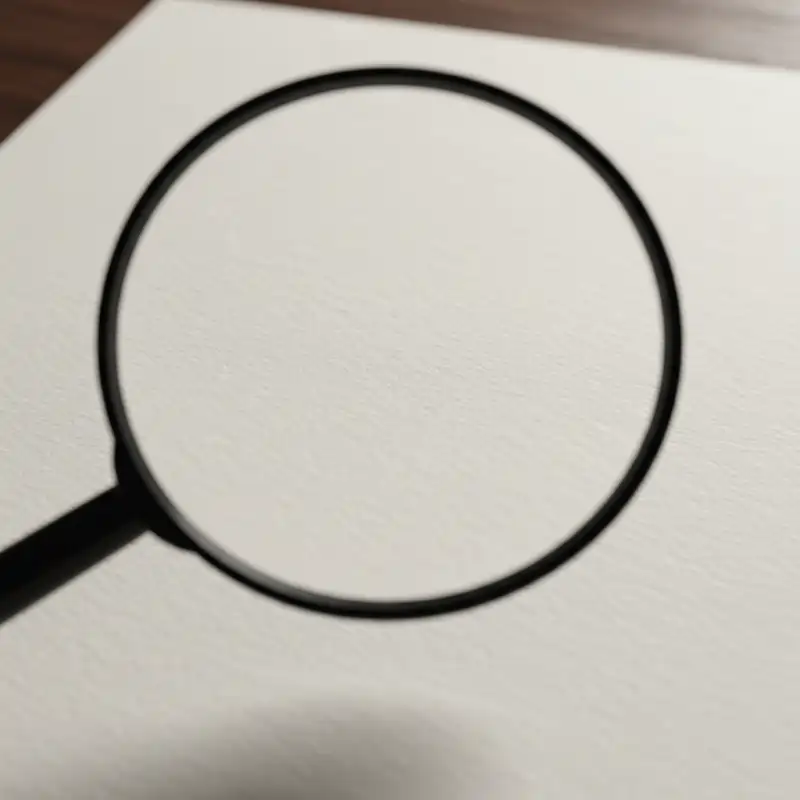
This is one of the most commonly used types of paper for printing letterheads. Bond paper has a smooth finish and feels firm when touched. It comes in different thicknesses, but the most common ones used for letterhead are between 70gsm and 100gsm.
Bond paper is good because it works well with both inkjet and laser printers. It also holds ink well, so your letters look clean and clear. Many offices use bond paper because it is affordable and easy to get.
2. Linen Paper

Linen paper is a type of textured paper. When you touch it, it feels like a piece of cloth. That’s because it has a crosshatch texture that looks like linen fabric. It is a classy and elegant type of paper used when you want to make a strong impression.
Most linen papers are thicker than normal paper. They are usually around 100gsm or more. This type of paper is best when you want your letterhead to feel high-quality.
3. Laid Paper

Laid paper is another textured paper like linen. But instead of a cloth-like feel, it has fine lines running across the paper. These lines make the paper look old-fashioned in a good way. It gives your letterhead a traditional and classy look.
Laid paper is often thick and strong. It is not commonly used for everyday printing because it is more expensive than bond paper. But if your business wants to stand out, laid paper is a good option.
4. Cotton Paper
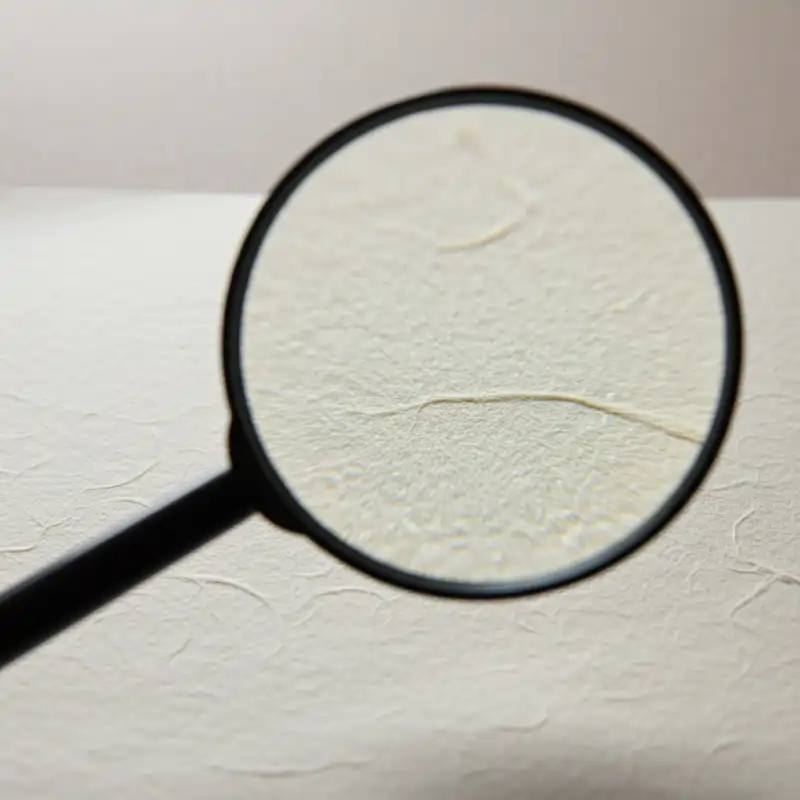
Cotton paper is made with cotton fibers. It is known for being soft yet very strong. It lasts longer than normal paper and feels rich in the hand. Cotton paper is usually more expensive, but it adds a lot of value to your documents.
Want To Print Something?
Some cotton papers are made with 25% cotton, while others are 100% cotton. The higher the cotton percentage, the better the quality. Cotton paper is best for certificates, contracts, and legal letters. It is used by top companies that want to give a premium feel.
5. Recycled Paper

Recycled paper is made from used paper materials. It is a good option for businesses that care about the environment. Even though it is recycled, the quality can still be very good. Many recycled papers are now made to look and feel like new paper.
Some recycled papers have a natural look. They may not be pure white, but they still give a clean and official appearance. Recycled paper is good for NGOs, schools, eco-conscious businesses, and startups.
6. Glossy Art Paper

Glossy paper is shiny and smooth. It is coated to reflect light and make colors look brighter. It is not the most common type of paper used for letterheads, but some businesses use it when they want to print colored logos or images on their letterhead.
However, glossy paper is not easy to write on. So it is not good if you plan to write by hand on your letterhead after printing. Glossy paper is best for creative agencies, media firms, and promotional businesses.
7. Matte Art Paper
Matte paper is similar to glossy paper, but without the shine. It has a flat, non-reflective surface. It still looks nice and can hold color well, but it is easier to write on than glossy paper.
Matte paper is a good choice when you want something better than plain paper but not too flashy. Matte paper works for companies that want a modern look but still want to keep things professional.
8. Textured Paper

This refers to a paper that has a feel or pattern when touched. Linen, laid, and cotton paper all fall under this category, but there are also other textured options. Some have patterns like dots, waves, or lines. These papers are used to give a rich and unique feel.
Textured paper can be a great way to make your letterhead stand out, especially if you are printing for a special event or announcement. Good for luxury brands, design studios, event companies, and top-level professionals.
9. Watermarked Paper
Watermarked paper has a faint design or symbol pressed into it. When held against light, the watermark becomes visible. This type of paper is used to show authenticity. Many top organizations and schools use it for certificates, legal documents, and branded letters.
Want To Print Something?
You can request custom watermark paper with your business name or logo from printing companies. Watermarked paper is best for law firms, schools, embassies, and large businesses.
10. Parchment Paper

Parchment paper has an old-school look and feel. It is not commonly used for letterheads in Nigeria, but some businesses use it for special documents. It usually has a marbled or cloudy appearance.
This type of paper is not always available, and it can be costly. But when used well, it gives a very powerful impression. Parchment paper is good for universities, museums, cultural organizations, or premium service companies.
Choosing the right paper for printing letterhead is more than just picking any white sheet. It tells people something about your business. Whether you are a small startup or a large company, your letterhead speaks for you before anyone reads the letter itself.
In business, where presentation and first impression can make a big difference, selecting a good quality paper for your letterhead can give you an edge. Always match your paper choice with the image you want your business to show. Whether you want something simple like bond paper or something premium like cotton or linen paper, make sure it fits your needs and budget.

